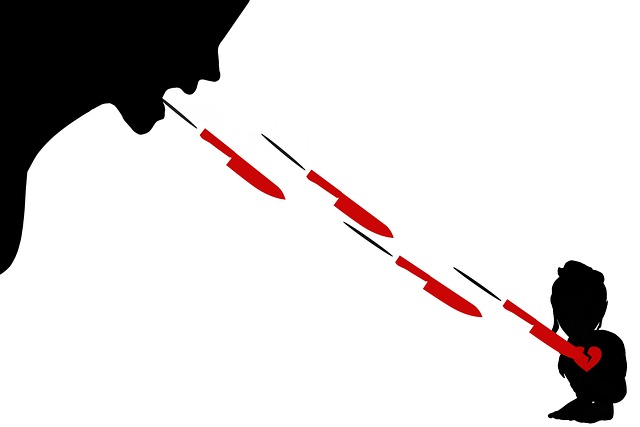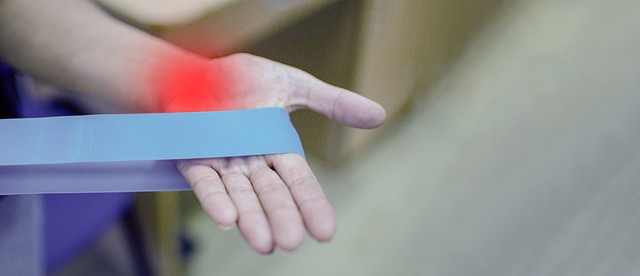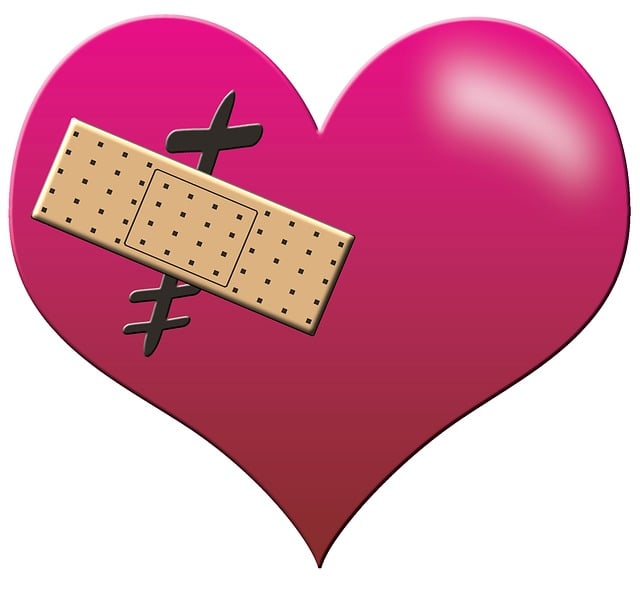Chiropractic treatments for shoulder pain after car accidents offer a natural, comprehensive solution. Chiropractors use manual adjustments and joint mobilization to improve range of motion, reduce pain, and promote healing, aiding in effective recovery and return to daily activities.
Shoulder injuries sustained in post-car accidents can significantly impact daily life and mobility. This article explores effective solutions, focusing on range of motion (ROM) therapy as a game-changer in recovery. We delve into understanding common shoulder injuries related to these incidents and how chiropractic treatments offer a comprehensive approach. By examining various techniques, from manual adjustments to targeted exercises, we guide readers through improving ROM and regaining function after such accidents, emphasizing the role of chiropractic care in optimal healing.
- Understanding Shoulder Injuries Post-Car Accidents
- Chiropractic Treatments: A Comprehensive Approach
- Improving Range of Motion Through Therapy
Understanding Shoulder Injuries Post-Car Accidents

After a car accident, individuals often experience a range of injuries, and shoulder pain is a common complaint. These injuries can vary from mild to severe, depending on the impact and individual factors. Common issues include sprains, strains, dislocations, and fractures. The shoulder joint’s complex structure, consisting of muscles, tendons, and ligaments, makes it susceptible to damage during a collision.
Chiropractic treatments for shoulder pain after car accidents play a vital role in rehabilitation. Chiropractors assess the extent of the injury, using diagnostic techniques to identify the affected areas. Treatment plans often involve gentle adjustments to improve joint mobility, reduce pain, and promote healing. Additionally, therapists may recommend specific exercises to enhance flexibility and strengthen supporting muscles, ensuring a comprehensive approach to shoulder recovery post-accident.
Chiropractic Treatments: A Comprehensive Approach

Chiropractic treatments offer a comprehensive approach to addressing shoulder pain, especially following car accidents. This natural form of healthcare focuses on the manipulation and adjustment of the spine and joints, aiming to improve range of motion and alleviate pain associated with injuries like those sustained in vehicular collisions. Chiropractors use various techniques such as spinal adjustments, joint mobilization, and soft-tissue therapy to restore proper alignment and function to the shoulder area.
For individuals experiencing shoulder discomfort after a car accident, chiropractic care can be highly effective in managing symptoms and promoting healing. These treatments are non-invasive and provide an alternative to more aggressive interventions, offering relief from pain while also enhancing overall mobility and quality of life for patients.
Improving Range of Motion Through Therapy

Range of motion therapy plays a pivotal role in recovering from injured shoulders, especially post-car accidents. Chiropractic treatments offer a gentle and effective approach to improve flexibility and movement. These treatments focus on manual manipulation and specific exercises designed to restore the shoulder’s natural range of motion.
Through these specialized techniques, chiropractic care helps alleviate stiffness and tension, allowing patients to regain their ability to move their shoulders smoothly. Regular sessions can significantly enhance recovery, especially for those experiencing pain and limited mobility after a collision. By improving range of motion, individuals can resume daily activities and sports with reduced discomfort and improved performance.
Range of motion therapy, often combined with chiropractic treatments, offers a comprehensive approach to recovering from shoulder injuries sustained in post-car accidents. By focusing on improving flexibility and mobility, individuals can experience significant relief from pain and restore their functional abilities. Chiropractic professionals play a vital role in this process, providing personalized care that addresses the specific needs of each patient. This holistic treatment method ensures a smoother transition back to daily activities, promoting long-term health and well-being for those affected by such injuries.














